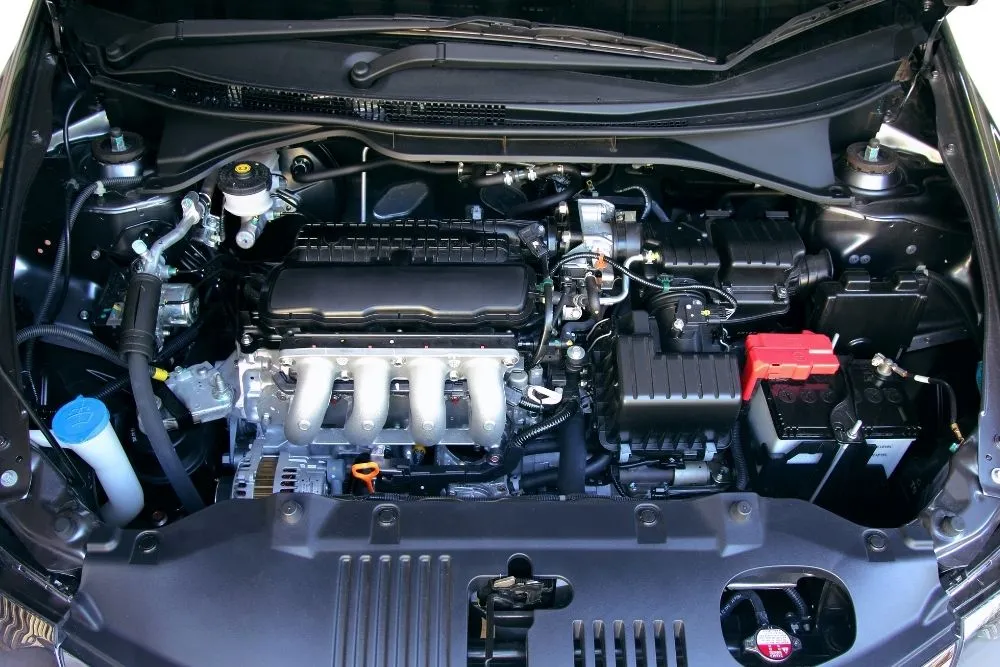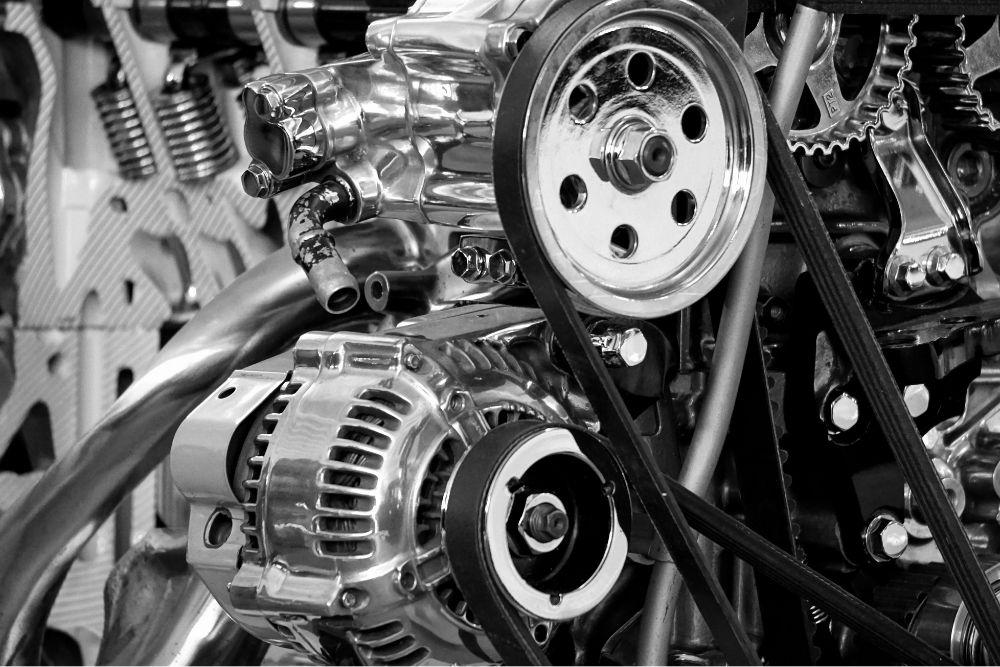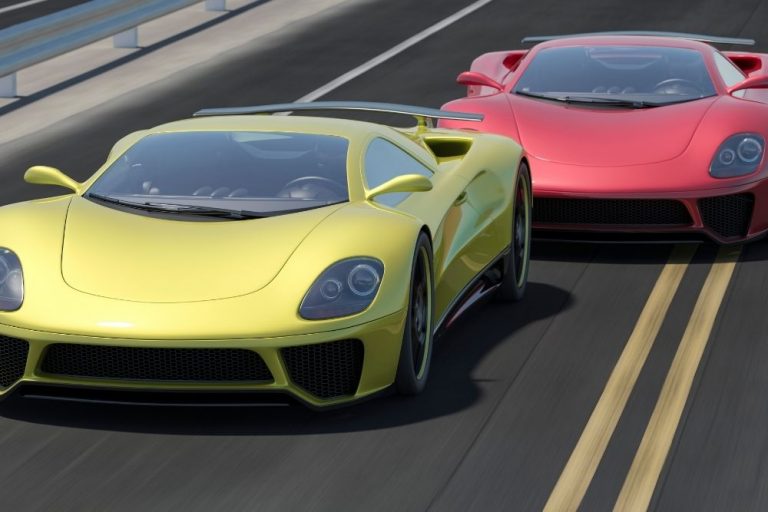What Does GDI Mean? (Answered)
Engines need fuel to work – that’s a given. But exactly how they get that fuel can take many forms. Gasoline direct injection (GDI) is a modern way of delivering fuel to an engine – supplying it directly to the combustion chambers. The first engine that used gasoline direct injection was introduced in 1925, and they’ve been made in various forms since then – but in recent years, they’ve taken the automotive world by storm!
But how exactly does GDI work – and what difference does it make to the way an engine runs? If you’re curious about gasoline direct injection engines and how they work, then this article is for you – read on to find out everything you need to know!
What does GDI mean?
As explained in the introduction – GDI stands for gasoline direct injection. This is a relatively new technology in its current implementations – but it’s actually been around for quite a while.
An engine that uses gasoline direct injection has gasoline driven directly into the combustion chamber of the engine using something called a high-pressure rail accumulator system. This system helps to deliver a proper air/fuel mixture much better than other fuel injection systems – which means better fuel efficiency. Not only that, but this system also provides increased power output with no throttle losses. It also lets the engine have more flexible timing capacity.
All of this means that gasoline direct engines can offer substantial improvements over other fuel injection engine types. They’re more economical, more powerful, and can be more capable in a wider variety of driving conditions.

How does it work?
In a gasoline direct injection engine system, gasoline is pumped at a high pressure directly into a distribution manifold. This manifold is called the common rail. Fuel accumulates here under pressure to be distributed at a consistent and uniform pressure into the jets and valves that feed the engine with fuel. This, of course, is why it’s called a high-pressure accumulator system!
In engine types that don’t use gasoline direct injection systems, fuel is pumped into the engine using throttle controls – or enters at somewhere that’s adjacent to the intake valves of the engine. Atomized, it blends with the airstream and enters the combustion chamber. However, a gasoline direct injection system differs in that the fuel is pumped directly into the combustion chamber – and there’s more control over the airstream too.
When the engine control unit (ECU) of the car sends the signal requesting fuel to the system, the valve that regulates flow into the combustion chamber opens, sending fuel at pressure directly into the combustion chamber. The accumulator is therefore a vital part of keeping this system running – as it’s responsible for maintaining the pressure of the gasoline, so that it can be correctly injected into the combustion chamber of the engine.
With correct signals from the ECU, the gasoline direct injection system can also modulate the air-fuel mixture, depending on the circumstances on the road – weather, pressure, temperature, for example. This is a crucial part of improving the efficiency of the engine.
Charge Modes
A gasoline direct engine works in different charge modes, depending on circumstances and signals from the ECU. It uses these modes to help it deliver fuel and air in differing ratios, for differing driving circumstances and situations.
Homogeneous stoichiometric charge mode sees the engine operate with a mixture of fuel and air that tries to perfectly match the stoichiometric ratio required for ideal combustion of gasoline. In this mode, fuel efficiency is mildly increased, but that’s not the most important thing for a lot of drivers! Due to having a near perfect stoichiometric ratio, this mode means that the engine can get a higher specific power output – meaning that your engine will be able to put out more power for the same amount of fuel. This is because, in ideal conditions a perfect mixture of fuel and air ensures that all the fuel is used up in combustion, providing maximum power output for each tiny drop of gasoline.
The other charge mode of gasoline direct injection engine systems is called stratified charge mode. This is also called lean burn mode, and uses less fuel for each injection into the cylinder. The ratio of fuel to air is higher in this mode. However, as mixtures that are lean can be difficult to ignite with a spark plug, a zone with a combustible mixture of fuel and air has to be created around the spark plug in order for combustion to take place. During the final stages of the compression stroke, this mixture is injected into the area around the spark plug, in order to enable combustion of this lean mixture.
More fine grained control can be had over the air to fuel ratios in gasoline direct injection engines. Normally, there are three ratios that this mixture is delivered into the engine. Ultra lean, in which less fuel is used for injection, in order to aim for reduced overall fuel usage. Stoichiometric, where the system attempts to mix fuel and air at the ideal stoichiometric ratio. And, finally,. Full power – which uses a richer mixture of fuel and air in order to gain more power, but with the possible expense of some fuel efficiency.
They sound great – are there any downsides?
One downside of gasoline direct injection engines is that, as fuel isn;t introduced into the system upstream of the cylinder, the cleaning action that fuel can have on atomized oil deposits in the engine is missing. This can lead to increased carbon deposits in engines with gasoline direct injection systems.
Another issue can be that oil consumption on gasoline direct injection systems can be increased compared to other engines. This is due to the fact that the gasoline, when injected directly into the engine, mixes with the oil – burning it up when it combusts.
Gasoline direct injection engines can only inject fuel into the engine in the intake and compression phases of the engine cycle. As engine speeds increase, the timing window for a fuel injection therefore reduces, as it can only be done during these two phases. This is unlike a manifold injection system, which can add fuel to the intake air mixture at any point in the cycle.
Conclusion
Gasoline direct engines are a great modern implementation of an older technology – and it seems they’re going to stick around. Hopefully, this article has helped you to learn about gasoline direct engines, and what makes them tick!






